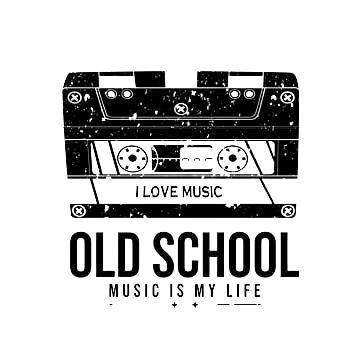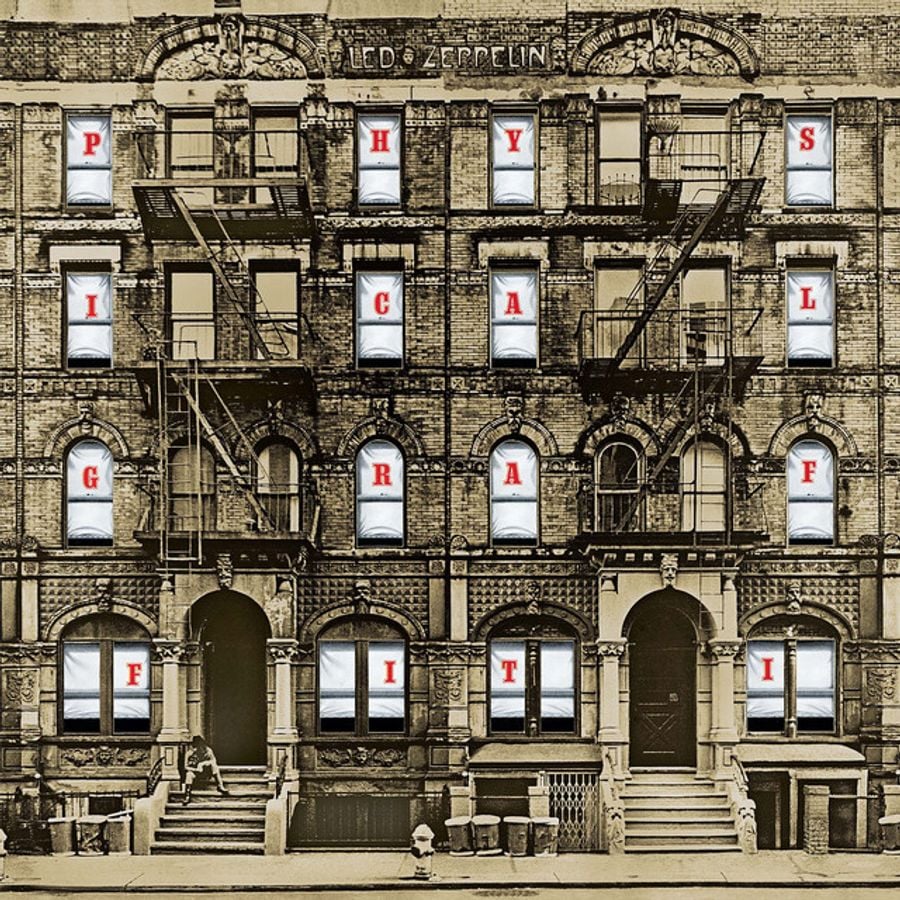Led Zeppelin’s sixth studio album Physical Graffiti was released on February 24th, 1975, to rave reviews. The double album debuted at number one on the album chart in the UK and number three in the US. Physical Graffiti has since gone down as one of the finest and most commercially successful Led Zeppelin albums and is studded with hit tracks including ‘Kashmir’, ‘Ten Years Gone’, and ‘The Rover’.
The music included on the 82-minute release was a collection of recordings from the previous five years that was completed with eight new tracks recorded in early 1974 at Headley Grange, a country estate in Hampshire. Jimmy Page produced the album in the summer of 1974, and the album was ready for release at the end of the year. However, the release date was ultimately pushed back to February 1975 because the Peter Corriston-designed die-cut album cover proved difficult to manufacture.
The cover art created for the record shows a New York building made all the more real by the weight of the intricate design and the two LPs inside. The tenement building was discovered by Corriston and is located at numbers 96-98 on St. Mark’s Place in New York’s East Village. The five-storey building was photographed with the top floor cropped out to allow the square shape for the sleeve. The front cover photograph was taken during the day and so gives a lighter complexion than the building that was photographed at night for the reverse side of the record sleeve.
The intricate design uses cut-out holes where the windows are on the building in a similar style as that used for Led Zeppelin III with its internal spinning wheel which alters the position of the symbols displayed on the psychedelic cover. The windows of Physical Grafitti show a number of interesting images and photographs of historical icons in a nod to The Beatles’ Sgt. Pepper’s Lonely Hearts Club Band album cover.
The occupants peering out through the die-cut windows of the eerie-looking building include John F. Kennedy’s alleged assassin Lee Harvey Oswald; the first man on the moon, Neil Armstrong; King Kong; Elizabeth Taylor as Cleopatra; the Virgin Mary; members of The Wizard of Oz cast; the Led Zeppelin boys in drag; Led Zeppelin’s infamous manager Peter Grant; bodybuilder Charles Atlas; Queen Elizabeth II and comedy duo Laurel and Hardy.
The cleverly designed inner sleeve could be flipped and folded to present the different characters in an array of combinations. The other part of the inner sleeve, designed by Mike Doud, lists all of the song titles in a strange text that covers the walls of a white print of the building with the letters of the album title spelt out over the 16 closed window shades.
The cleverly designed album sleeve for Physical Graffiti added to the allure of the music within and helped it to become one of the greatest rock albums of the 1970s. It appears the album cover had a particularly significant effect on The Rolling Stones, who used a similar cut-out feature on their 1978 album Some Girls. The Stones also appear to have taken a pilgrimage to the building on St. Mark’s Place when recording the music video for their 1981 single ‘Waiting on a Friend’. In the video, Mick Jagger waits in the famous building’s doorway for his friend Keith Richards to come and collect him before meeting the rest of the Stones at a bar.
Listen to the fantastic ‘Ten Years Gone’ from Led Zeppelin’s Physical Graffiti below.

